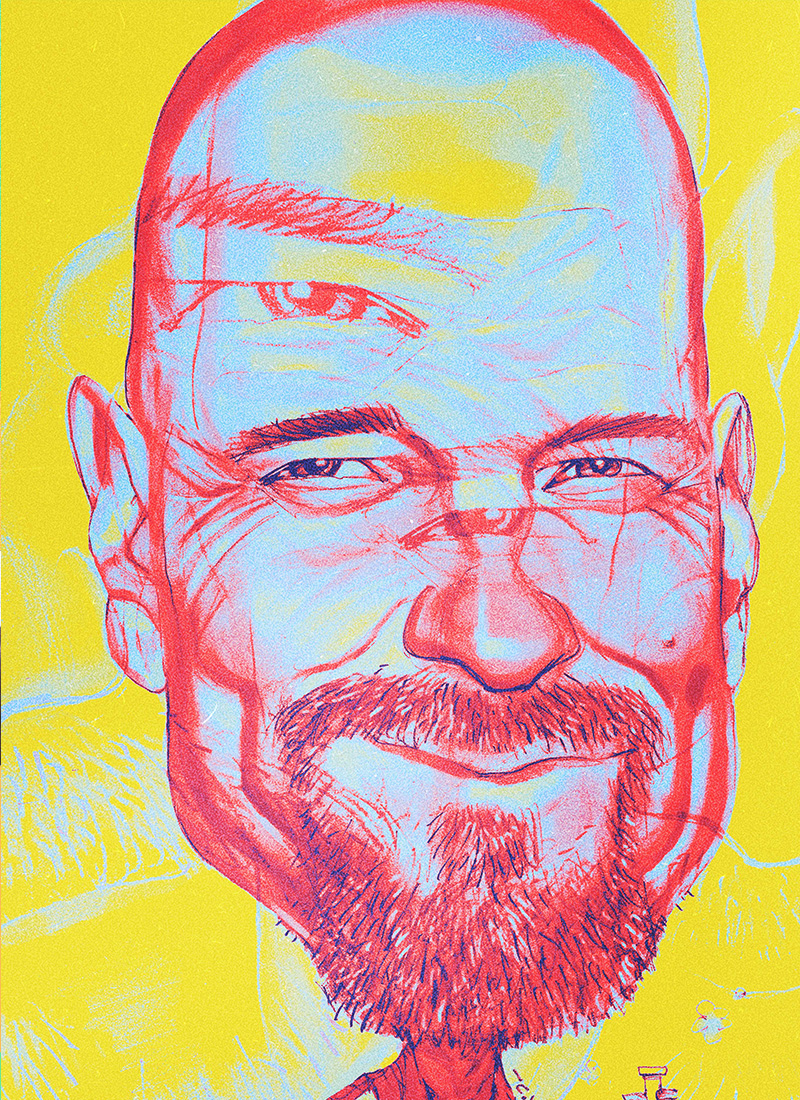
From the ’52 Mantle to Breaking Bad
Baseball cards arguably built the entire Breaking Bad universe. They were the lynchpin in the making of the ultimate kingpin, Walter White.
Without Daniel Wormald’s collection, there is no placebo nitrogen pills/stroke of Hector Salamanca, no rise of Gus Fring and his henchman Mike Ehrmantraut, no drug cartel lawyer Saul Goodman, and thus probably no White/Heisenberg.
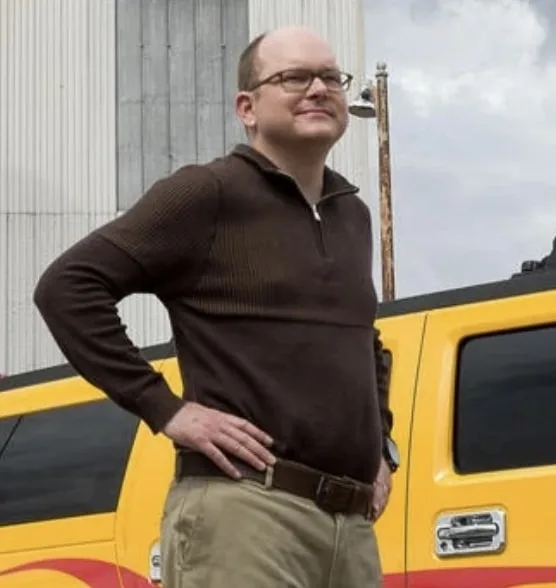
Daniel Wormald
Introduced in Episode 1 of Season 2, “Switch,” of Better Call Saul (the critically acclaimed prequel to Breaking Bad), Wormald is a pharmaceutical IT nerd who smuggles prescription drugs to Nacho Varga. Wormald uses those proceeds to buy a blazing yellow Hummer with “PLAYUH” vanity plates “that flashes ‘I’m a drug dealer’ in neon.” Varga wants to wash his hands of Wormald, but not before robbing his home of drugs, cash, and his baseball card collection. Despite being a criminal, Wormald, played by Mark Proksch, recklessly involves the police in a desperate attempt to get his cards back.
“All I really care about are my Baseball cards,” he tells the cops. “Topps Mickey Mantle rookie card; that’s irreplaceable.” (Mantle doesn’t have a Topps rookie card, but this is referring to the 1952 card, his first for Topps, which was then and likely will forever be the face of the hobby.) The Wormold character also mentions a Hank Aaron card (presumably a rookie), an “O-Pee-Chee Willie Mays,” and an “autographed Derek Jeter.”
This episode of the show is set in 2002. With Mike’s help, to keep their illegal activity secret, Wormald gets the cards back with $10,000 in return for the Hummer, which Varga is told is worth $60,000.
So what were these cards worth then and now?
If the 1952 Topps Mantle is a 9 like he says (“It’s a Mint, 60-40, 90-10 on the reverse”), the value in 2002 was about $100,000. The first sale on the PSA site was in 2006 for $282,587.50. The most recent price? $2.88 million. That’s an annual compounded rate of return of 16.5%.
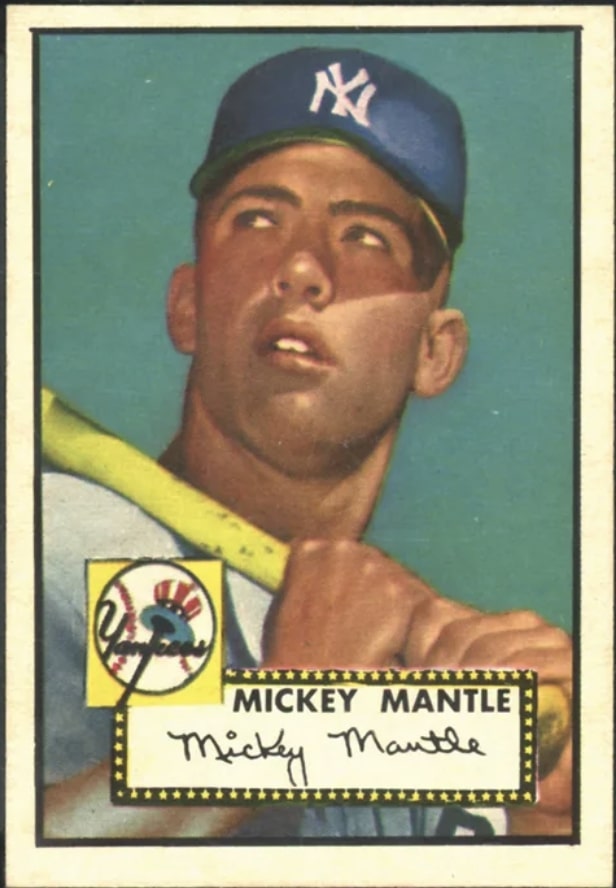
Let’s assume the Aaron was the 1954 Topps rookie, also in “mint” condition, though ungraded “in a toploader.” According to PSA, the oldest price we have on that is $25,517 in 2007. The last auction price was $600,000. In 2002, ungraded, that’s about a $15,000 card. So the 1954 Aaron annual rate of return is 18.255%.
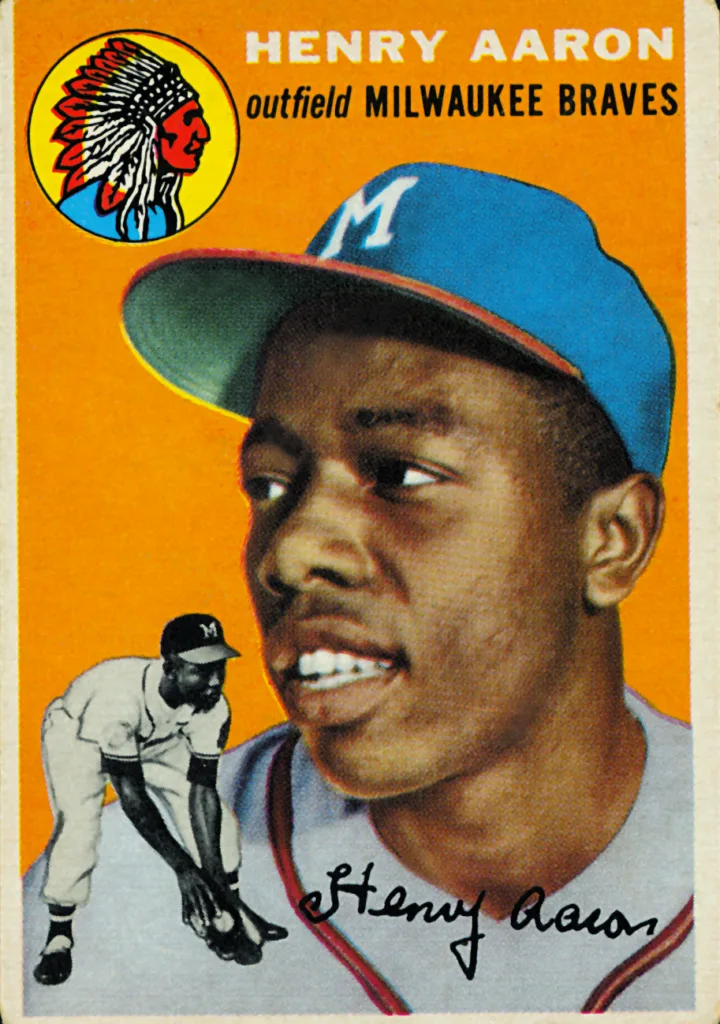
Willie Mays didn’t have his first O-Pee-Chee card until 1965. There are no sales in mint. We have a PSA 8 that sold for $2,313.99 in 2021. A 9 would be maybe 5-to-10 times that. Let’s call it $14,000 today. At the time, ungraded, maybe a $500 card. That’s a 16.354% annual return.

The Jeter rookie, assuming it’s the 1993 short-print foil, was about $150 since he was barely Jeter then. It’s now about $200,000 in a PSA 10. Forget the autograph. That’s a 38.689% annual return. Here we see the windfall that we all seek when investing in modern cards.
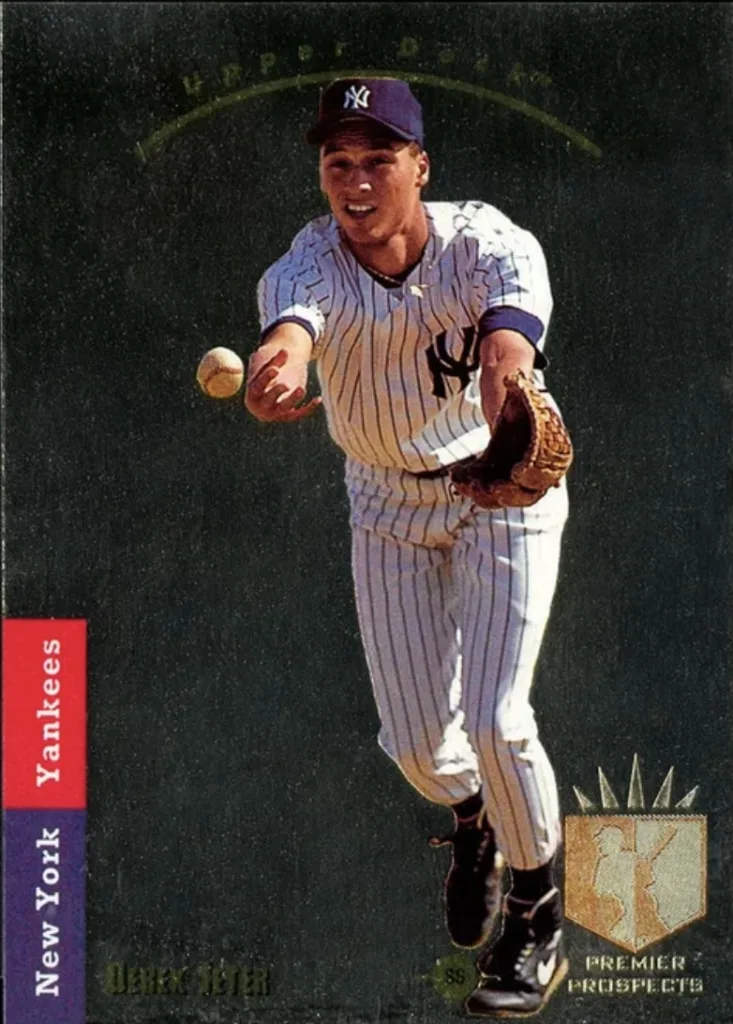
The value of the cards in the show’s 2002 timeframe is never mentioned by Mike when persuading Nacho to trade/return the cards. “You underestimated how attached that man was to those cards.”
Did Wormald, the eventual owner of Albuquerque’s Lazer Base, make a good deal in handing over his yellow “school bus for six-year-old pimps” in return for his cards? It was a decent one at the time, but spectacular now. Hummers, especially after they’re driven directly to the chop shop, do not appreciate in value. Baseball cards definitely do.